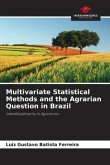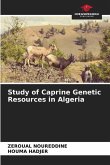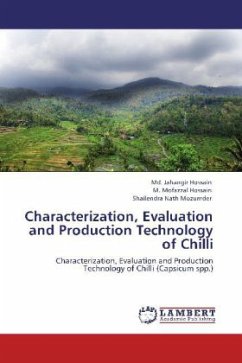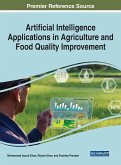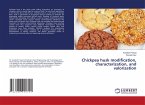Among plant breeders, there is a fear about the decrease in genetic variability, conceptualized as genetic erosion, which can be circumvented through the institution of germplasm banks. Another point concerns the narrowing of the genetic base of modern cultivars of different species, including wheat, since researchers have preferred to use elite lineages as genitors in breeding programs (Goodman, 1990; Reif et al., 2005).This strategy opens a gap between genetic resources and breeding activities. While researchers involved with genetic resources collect and conserve variability, breeders have not exploited the available diversity. According to FAO data (1996), the enormous genetic variability of wheat stored in ex situ germplasm banks has not been used in the development of new cultivars. Thus, the objective of this work is to regenerate, multiply, characterize, conserve and promote the preimprovement of genetic resources from the Active Bank of Wheat Germplasm (BAGT) of the Agronomic Institute of Paraná (IAPAR)
Bitte wählen Sie Ihr Anliegen aus.
Rechnungen
Retourenschein anfordern
Bestellstatus
Storno


